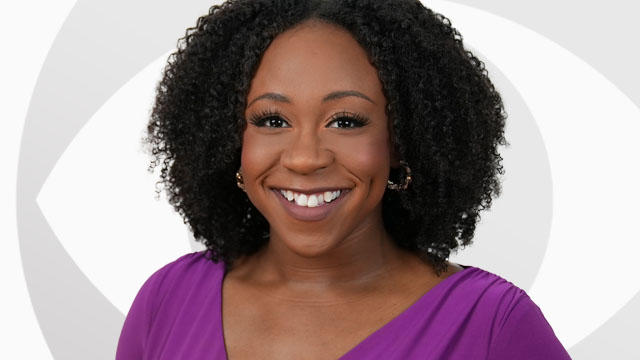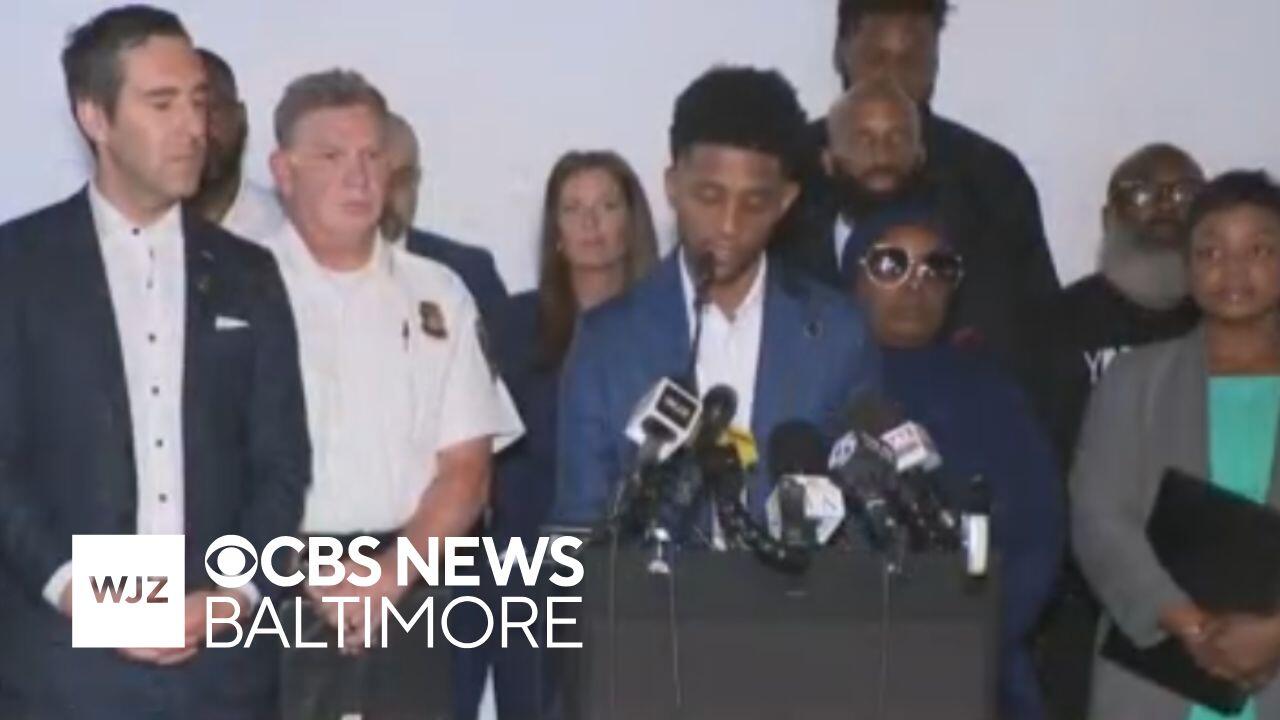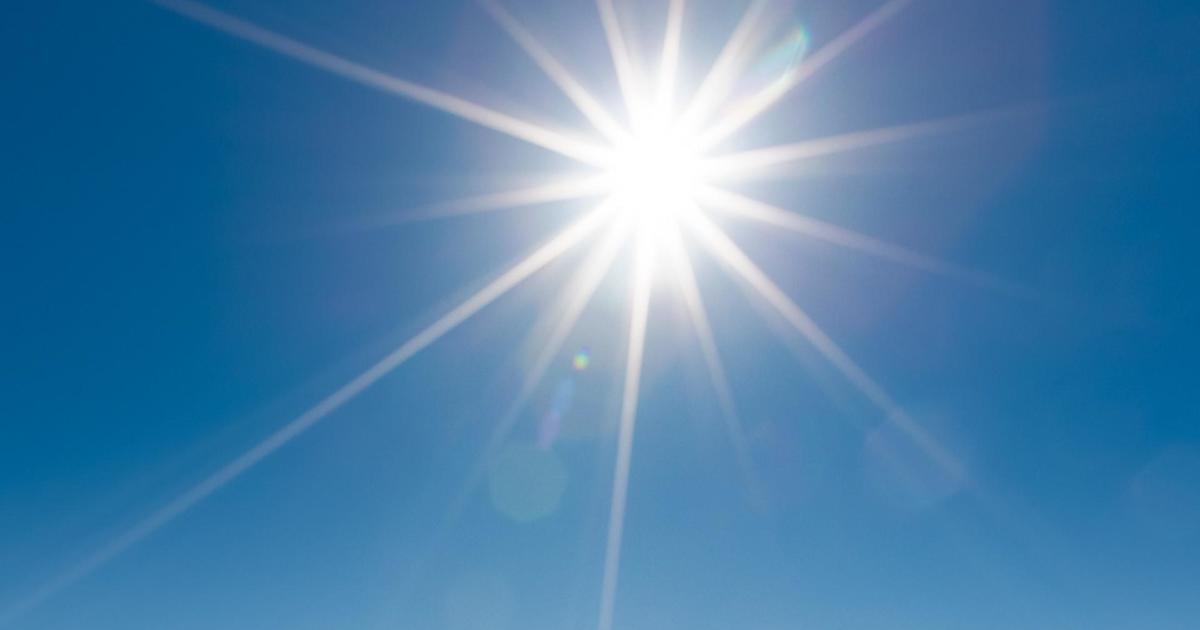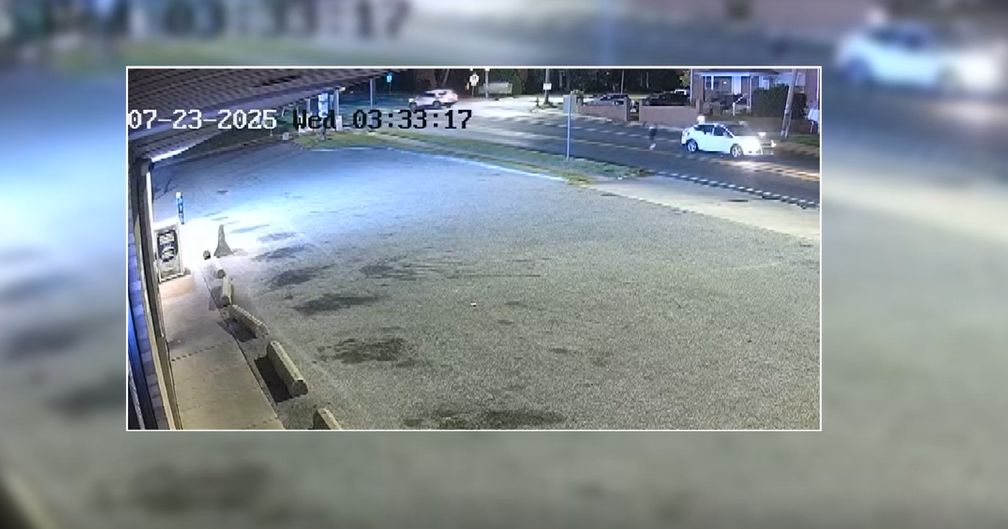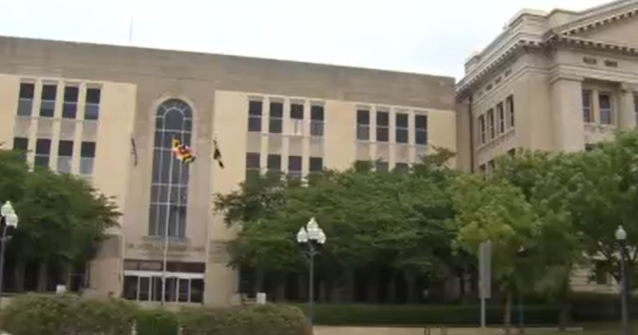Baltimore's Group Violence Reduction Strategy expands in effort to reduce city's crime
Baltimore's Group Violence Reduction Strategy (GVRS) is being expanded to South Baltimore in an effort to reduce crime throughout the city, Mayor Brandon Scott announced.
"My life has made a 360"
Jaylen remembers being in the hospital with a bullet in his stomach.
"And yet, my life has made a 360 turnaround, and Mr. Sean helped me become a man. A year ago, I had just turned 18, recovering from a gunshot wound to the stomach," said Jaylen, a Youth Advocacy Program participant.
The now 20-year-old is a part of the Youth Advocate Programs (YAP) – a key part of the city's growing Group Violence Reduction Strategy.
"Expanding to this area allows us to begin investigations here that will help reduce violence, not just in South Baltimore, but citywide," said Baltimore Mayor Brandon Scott.
"I grew up here. I grew up in Pigtown, and I lived in Brooklyn for about 14 years, so it's special to me. This is a continuation of our focus," added Baltimore City Police Commissioner Richard Worley.
According to city officials, between January 2022 and July 15, 2025, 256 individuals identified as being at the highest risk of involvement in gun violence have received services through YAP and Roca across the Western, Southwestern, Central, and Eastern Baltimore police districts.
South Baltimore joins GVRS
South Baltimore is now the fifth district in the city to be a part of the GVRS.
City leaders, law enforcement agencies, and community partners made the joint announcement on Wednesday morning in South Baltimore. Mayor Scott credited the GVRS program for the decrease in crime across the city.
"We're seeing the impact of that," Mayor Scott said. "As you all know, in 2020, there were 335 homicides. In Baltimore last year, there were 201, and through the first six months of 2025, we've had the fewest homicides ever recorded on record through that period."
City leaders explained that the gun violence strategy is based on data over five years. It focuses on reducing homicides, nonfatal shootings, and building community trust.
"We are here together, because we work together on not just gvrs, but every single gun case, every murder case in the city," said Mayor Scott.
GVRS focuses on "high-risk" individuals
Another key part of the GVRS approach is direct, consistent engagement with a small number of group-involved people who are likely to be the victim or perpetrator of violence, according to the city.
According to city officials, all shootings and homicides that happen in districts where GVRS is active are reviewed, and individuals at the highest risk of violence, victimization, and retaliation are identified as prospective participants.
Once identified, eligible individuals are offered rehabilitation services to help them step away from behaviors associated with violence. Those who are identified are also offered mentors or a clear mandate from community moral voice partners, such as residents and faith leaders who leverage their credibility.
For those who refuse to change their behaviors, GVRS has produced 414 arrests.
"Anyone who refused the rehabilitation offer from the Mayor would also be captured in that number right now," said Angela Galeano, the chief of staff for the Baltimore City State's Attorney's Office. "That number pulled out is 201 in terms of GVRS prosecution."
Baltimore's historic drop in crime
By focusing on those responsible for driving the majority of violence in Baltimore, GVRS has helped produce record reductions in homicides and nonfatal shootings across Baltimore.
Compared to this time last year, the city has recorded a 24.3% decrease in homicides and an 18.4% decline in non-fatal shootings.
Through June, Baltimore saw 68 homicides — the fewest in over 50 years — compared to 88 homicides in the first six months of 2024
"Since 2023, we've prosecuted more than 2,000 firearm-related violent offenders, leading to an annual average of more than 1,000 trigger pullers removed from our streets. And these aren't just statistics," Galeano said. "These are lives protected."
Officials said that they hope that South Baltimore knows that GVRS is just one of many steps to invest in their neighborhoods and the next generation.
"I know how to deal with conflict, and I have a better relationship with my family," Jaylen said. "Of course, taking me back, my goal is to pick up where I left off."
GVRS success in Baltimore
The GVRS began in January 2022 in Baltimore's Western District. According to city data, the pilot program resulted in a significant decline in homicides and non-fatal shootings in Baltimore's most historically violent district within.
An external analysis by researchers at the University of Pennsylvania's Crime and Justice Policy Lab of the first 18 months of GVRS implementation in the Western District found that GVRS was associated with a 25% reduction in homicides and nonfatal shootings, as well as a 33% decrease in carjackings, with no comparable increase in arrests or displacement of crime to other districts.
You can learn more about GVRS and its programs by .
